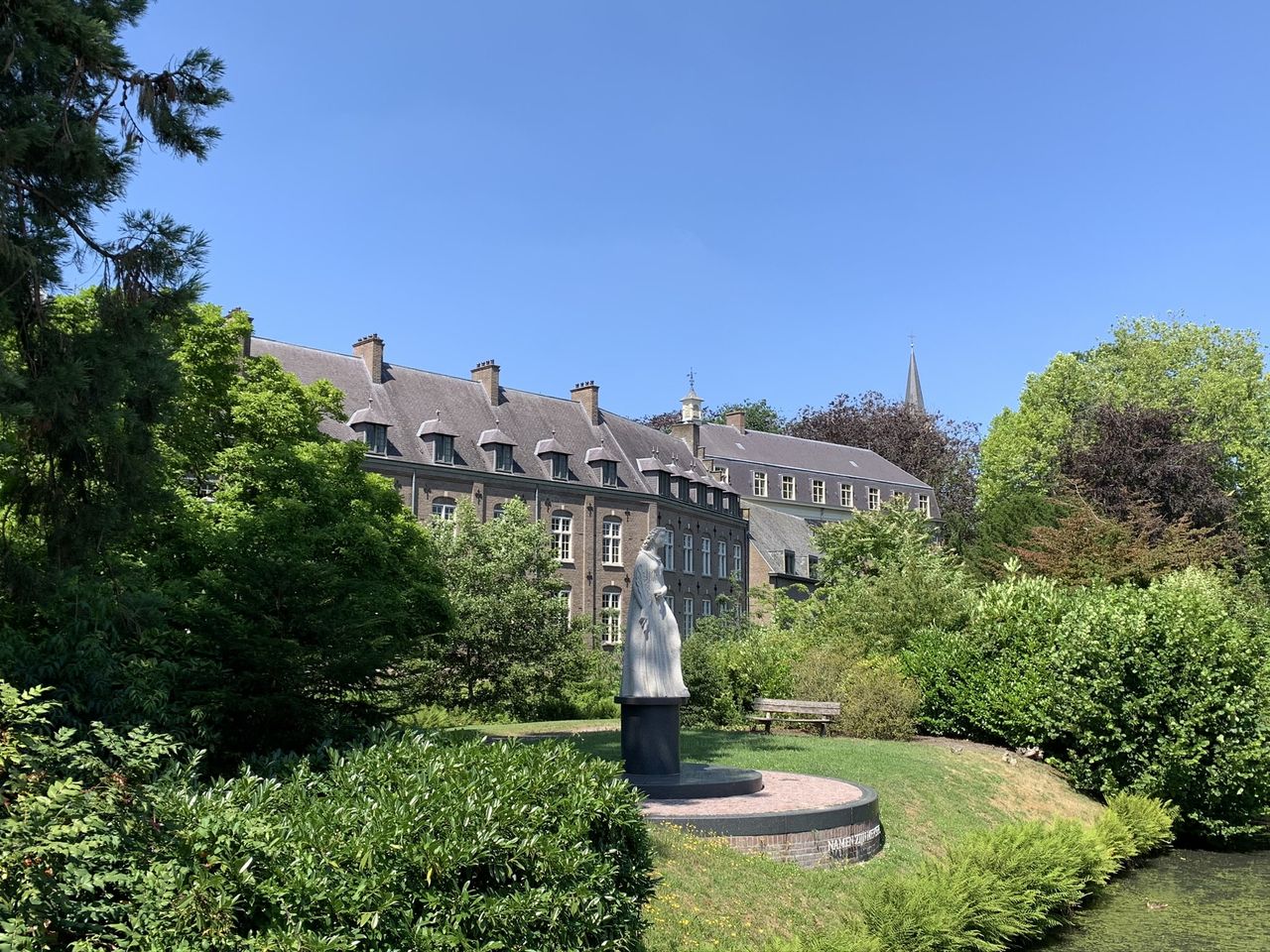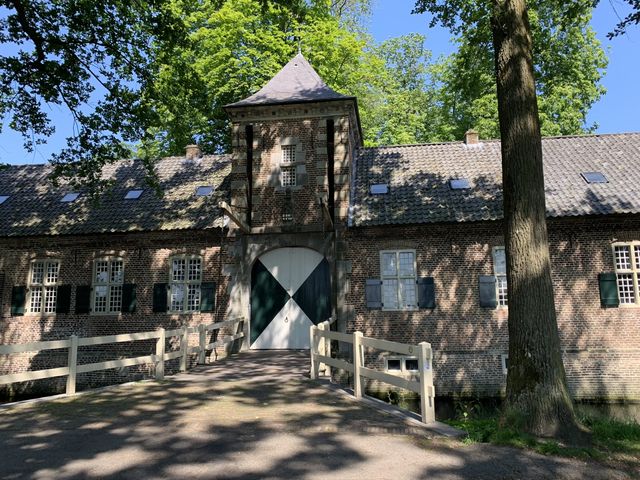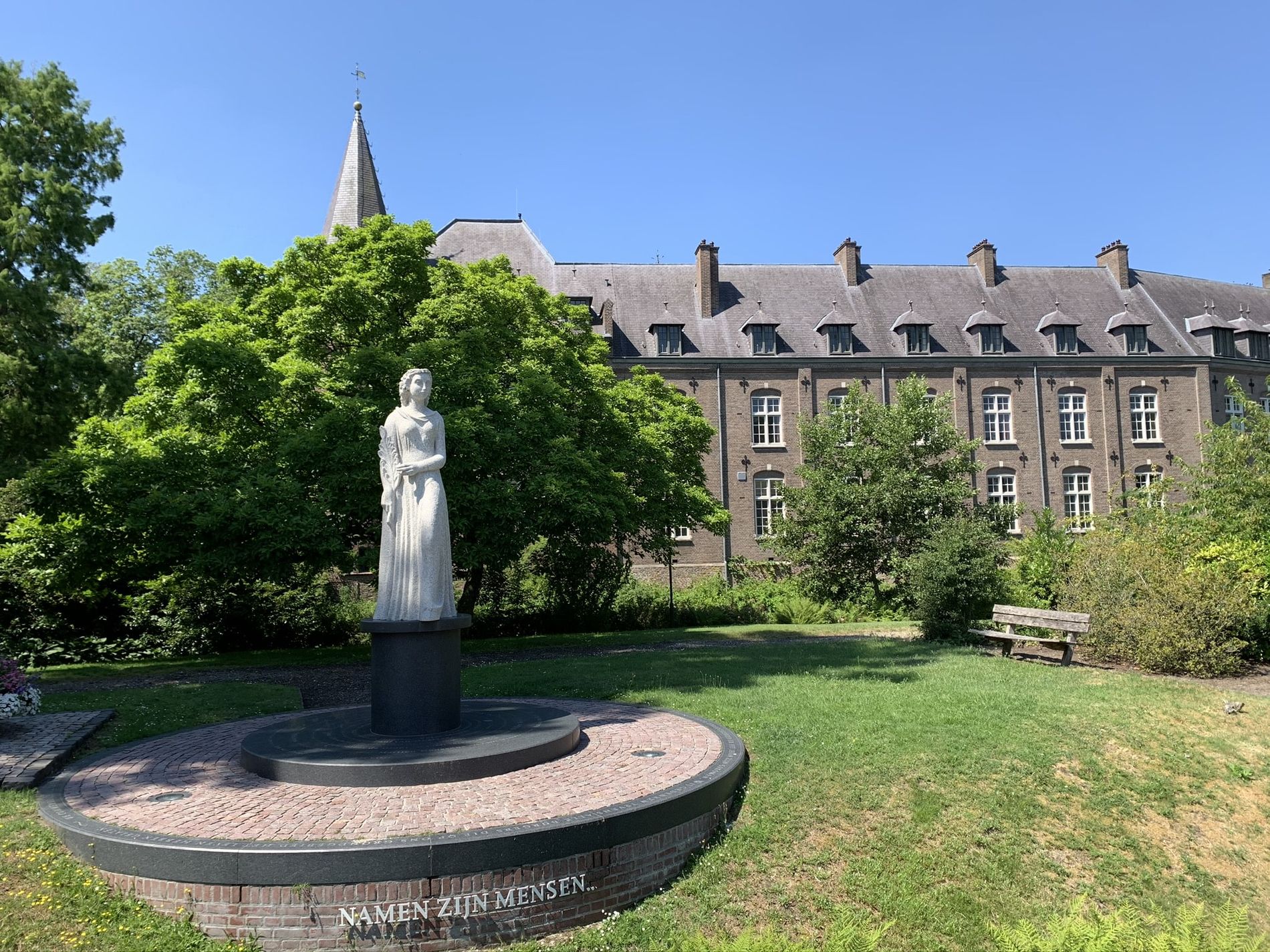Gemert Monastery Castle
Nobleman Rutger van Gemert (c. 1150 - c. 1220) was a knight of the Teutonic Order, a military religious order with branches in Germany, Austria, Poland and the Baltic states.
Nobleman Rutger van Gemert (c. 1150 - c. 1220) was a knight of the Teutonic Order, a military religious order with branches in Germany, Austria, Poland and the Baltic …
Nobleman Rutger van Gemert (c. 1150 - c. 1220) was a knight of the Teutonic Order, a military religious order with branches in Germany, Austria, Poland and the Baltic states. After his death, the nobleman left his possessions to the Order, and so, for almost six centuries, the villages of Gemert and Handel were not part of the Duchy of Brabant, but formed a tiny independent state in the Netherlands. The Gemert Commandery grew into an important and rich commandery. The construction of the castle was started in 1391. From the 16th to the 18th centuries it was an important regional spiritual centre, with a Latin school from the 16th century onwards. In 1794 the free state came to an end. For a long time, the fate of the castle was uncertain. After housing a machine cotton mill, it was purchased by Jesuits in the late 19th century. In 1916 the friars and brothers of the Congregation of the Holy Spirit (Spiritans) moved into the castle. They too have left the castle by now. Gemert Castle’s main building was built in 1740 on the remains of medieval cellars. The former donjon from 1548, located in front of the main building, is the oldest part of the castle. You enter the grounds through a gatehouse from around 1600. Surrounding the castle are the castle gardens and lands.





